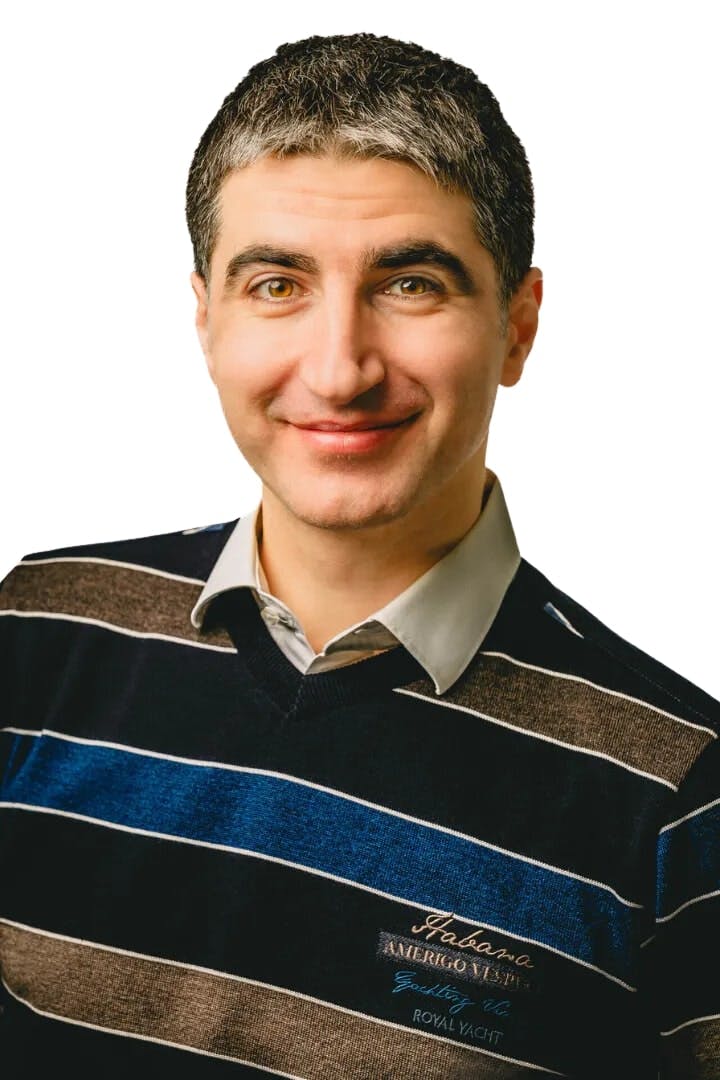EGI and Euro-BioImaging ERIC Sign SLA to Support Imaging Research

We are excited to announce that the EGI Foundation and Euro-BioImaging ERIC have officially signed a Service Level Agreement (SLA) that secures dedicated computing and storage resources to support bioimaging research and training activities across Europe.
This new SLA ensures one year of guaranteed access to the EGI Cloud Compute Service, thanks to the in-kind contribution from CESNET. The allocated resources include:
- 120 vCPUs, 10 vGPUs
- 670 GB RAM
- 5 TB Online Storage
- Federated access via Check-in AAI
Component Providers involved:
This SLA builds on our successful collaboration supporting Euro-BioImaging's innovative distributed training course on bioimage analysis with Python, held in 2024:
Moreover, our collaboration with the Research infrastructure is deepening through the newly funded RI-SCALE project, coordinated by EGI. In RI-SCALE, Euro-BioImaging is one of four leading Research Infrastructures working together to prototype scalable Data Exploitation Platforms (DEPs). These platforms will enable AI-powered data reuse, analytics, and service delivery on large, complex datasets hosted in RIs — unlocking transformative potential for research in health and environmental sciences.
Euro-BioImaging ERIC, a European Research Infrastructure Consortium, brings together 19 members (18 countries and EMBL) and operates a distributed network of over 230 state-of-the-art imaging facilities. The infrastructure provides open access to biological and biomedical imaging services, while supporting the generation, analysis, management, and FAIR archiving of image data. It also delivers key training opportunities for its users, Nodes, and the broader scientific community.
This SLA is a significant step forward in our joint mission to make data and compute more accessible, collaborative, and impactful across Europe’s research landscape.






